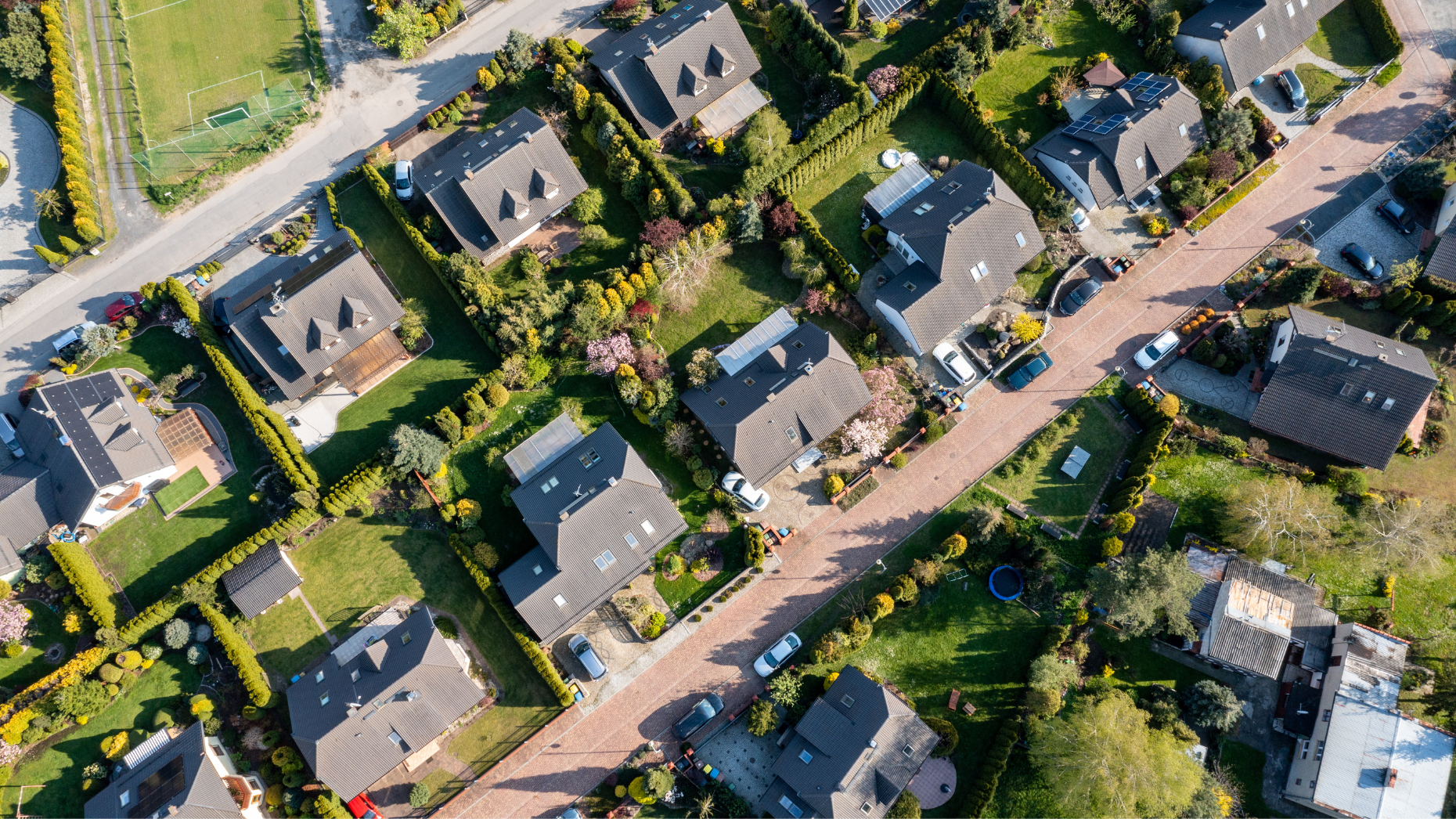
The gap between buying a home and renting one has widened since 2020, “The Wall Street Journal” reports. It now costs $3,058 a month to buy an entry-level home.
New markets require new approaches and tactics. More than 250 experts and industry leaders will take the stage at Inman Connect New York in January to help you navigate the market shift — and prepare for success in 2023. Register today and get a special offer $1099 ticket price.
The cost to own a home far outgrew the price of rent over the past two years, with the monthly cost of buying a single-family starter home now costing $888 more than a similar rental, according to a new report.
While the price of rent grew rapidly for nearly two straight years before recently showing signs of cooling, people who choose to rent are still saving more each month than they would be buying a home.
Using research from John Burns Real Estate Consulting, The Wall Street Journal reported that a 30-year fixed-rate mortgage with a 5 percent down payment has grown to $3,058 a month. The median monthly cost of rent is $2,170, the outlet reported.
Rent prices grew 10.2 percent year over year in September, according to CoreLogic. The cost of buying a home grew even more.
“That’s pushed the median rental cost for a three-bedroom single-family detached home to $1,900 monthly,” Molly Boesel, CoreLogic’s principal economist, told The WSJ. “In contrast…mortgage payments on these types of homes have increased 50 percent since January.”
The wide gap has perplexed some economists in the rental space.
“Still unclear why rents came nowhere close to keeping up with home prices despite similar supply/demand dynamics in both sectors over the last two years,” said Jay Parsons, head of economics and industry principals for rental data firm RealPage. “Both sectors have cooled off in 2022. But I’ve yet to hear a great explanation for why home sellers pushed pricing so much dramatically more than rental housing operators since 2020.”
One theory, Parsons wrote in his LinkedIn post, is that buyers were bidding up the price of homes at a time of historically low inventory. The leasing process is different, he noted, likely keeping a cap on the pace of rent growth.
It became more expensive to rent a home rather than buy it after the Great Recession, according to the John Burns data shared in The Wall Street Journal report.
That has several major financiers and organizations lining up to support the creation of more single-family rental homes in coming years.
JPMorgan announced last month, it was releasing a property management system to help landlords run their properties. In November, it announced it would invest $1 billion in single-family rental communities.
The National Association of Home Builders noted the number of single-family built-for-rent homes grew by 15.9 percent in 2021 compared to the year before, with 51,000 homes under construction that will remain rentals.
While builders slowed down their pace of single-family rental construction in the third quarter, NAHB reported 68,000 homes began construction in the past four quarters. That’s up 42 percent compared to the four prior quarters.
The NAHB passed a resolution last month officially supporting legislation that makes it easier to build single-family built-for-rent homes, just one indication that the ongoing trend will continue.
Get Inman’s Property Portfolio Newsletter delivered right to your inbox. A weekly roundup of news that real estate investors need to stay on top, delivered every Tuesday. Click here to subscribe.




